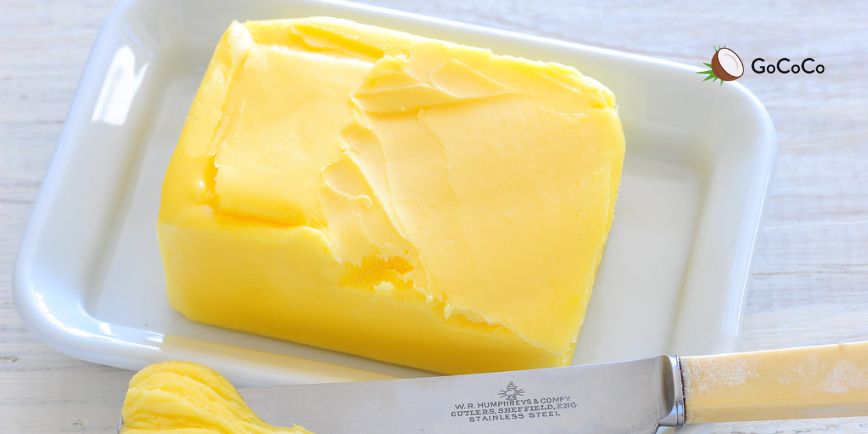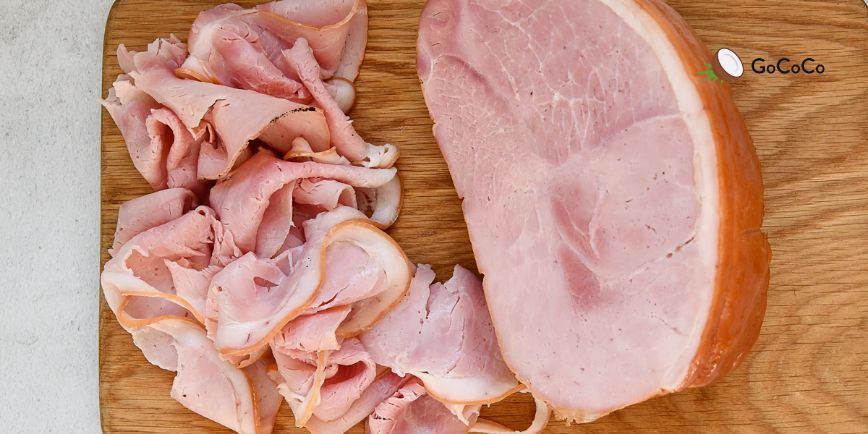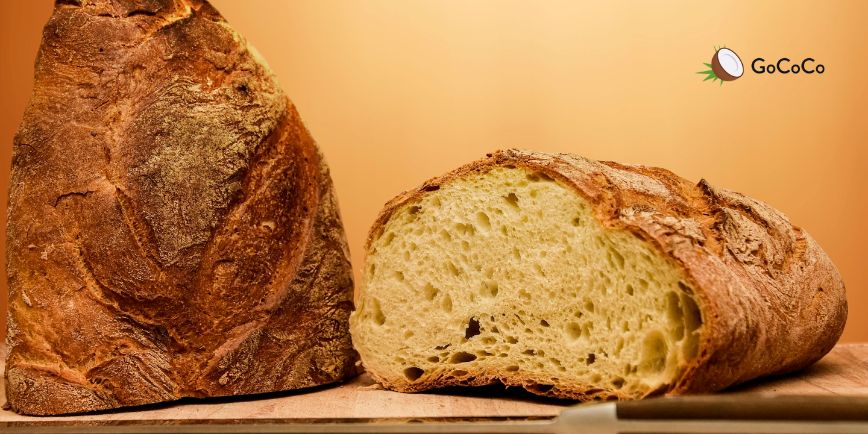
Not always. While the name suggests something fresh and nourishing, most store-bought veggie sticks are highly processed.
In fact, many brands contain:
So while they may look like carrots or spinach, they often have more in common with potato chips than salad.
What makes a snack healthy isn’t the marketing, it’s the ingredients and how it’s made.
Here’s what to look for on the label:
We get it: food packaging can be confusing on purpose. But with the GoCoCo app, you can:
No more guesswork. Just real feedback in real time, right from your phone.
If you're craving something crunchy, here are a few easy, whole-food alternatives:
Whole-grain crackers with avocado or white bean spread
🥄 Pro tip: if you’re counting calories or trying to snack smarter, aim for a small handful or fill a quarter of your plate.
Veggie sticks might seem healthy but it all comes down to what’s inside. Don’t be fooled by the name or the color.
If you want to build better snacking habits, start by checking what’s in your food. With GoCoCo, it’s easy to scan, learn, and choose snacks that actually support your health — not just pretend to.


